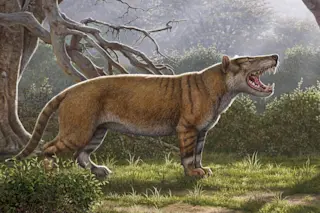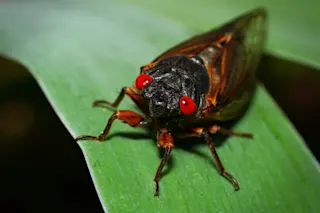It was the size of a polar bear, with a mouth full of slashing blades. Some 22 million years ago, in what’s now Kenya, the ruled.
Then it disappeared.
The last of Simbakubwa’s lineage, carnivores known as hyaenodonts, went extinct more than 10 million years ago. Mostly fragmentary fossils of dozens of species have been found around the world, some smaller than house cats. Other species were much larger, but researchers had few clues about when these giants evolved.
A dig in southwestern Kenya in the late 1970s turned up a massive lower jawbone — about twice the size of a modern lion’s — and a few related teeth and other bones. But that expedition focused on Miocene primate fossils, and the team didn’t pay much attention to the fragmentary mega-carnivore remains. The bones ended up in a Nairobi museum drawer, unstudied for years.
Decades later, two paleontologists realized the ...















